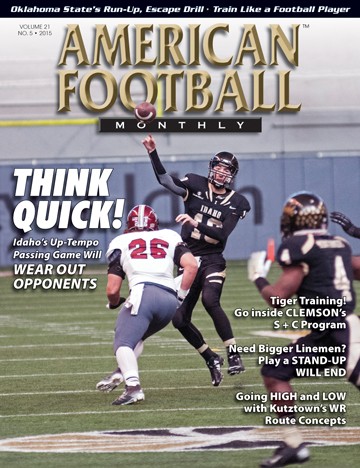Article CategoriesAFM Magazine
|
Strength Report: Train Like A football Playerby: Jim DavisStrength and Conditioning Coordinator New Trier High School (IL) © More from this issue At the core of all strength and conditioning, there is one unalienable principle: a body is a body. With so much focus on sport-specific training, it is easy for a coach to be enamored with the latest, greatest, custom-built program. The truth is, however, that without a solid base, none of that matters. So, before I explore the methods by which we prepare some of the top football players in the area, I will identify the building blocks to our program.
|
|
|||||||
| HOME |
MAGAZINE |
SUBSCRIBE | ONLINE COLUMNISTS | COACHING VIDEOS |
Copyright 2025, AmericanFootballMonthly.com
All Rights Reserved





